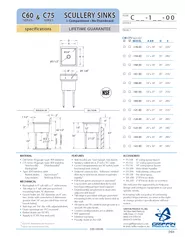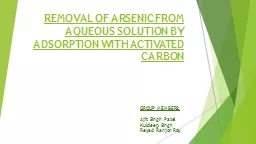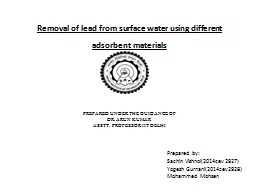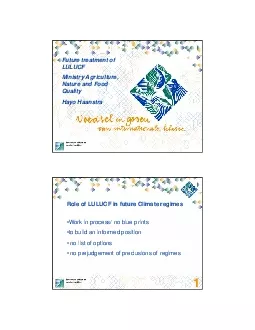PPT-Removal of sinks from
Author : leventiser | Published Date : 2020-08-03
ICU Patient rooms amp the effect on gram negative colonisation rates Alma Tostmann PhD EPIET C2009 EAN Vice President Dept of Primary and Community Care
Presentation Embed Code
Download Presentation
Download Presentation The PPT/PDF document "Removal of sinks from" is the property of its rightful owner. Permission is granted to download and print the materials on this website for personal, non-commercial use only, and to display it on your personal computer provided you do not modify the materials and that you retain all copyright notices contained in the materials. By downloading content from our website, you accept the terms of this agreement.
Removal of sinks from: Transcript
Download Rules Of Document
"Removal of sinks from"The content belongs to its owner. You may download and print it for personal use, without modification, and keep all copyright notices. By downloading, you agree to these terms.
Related Documents














